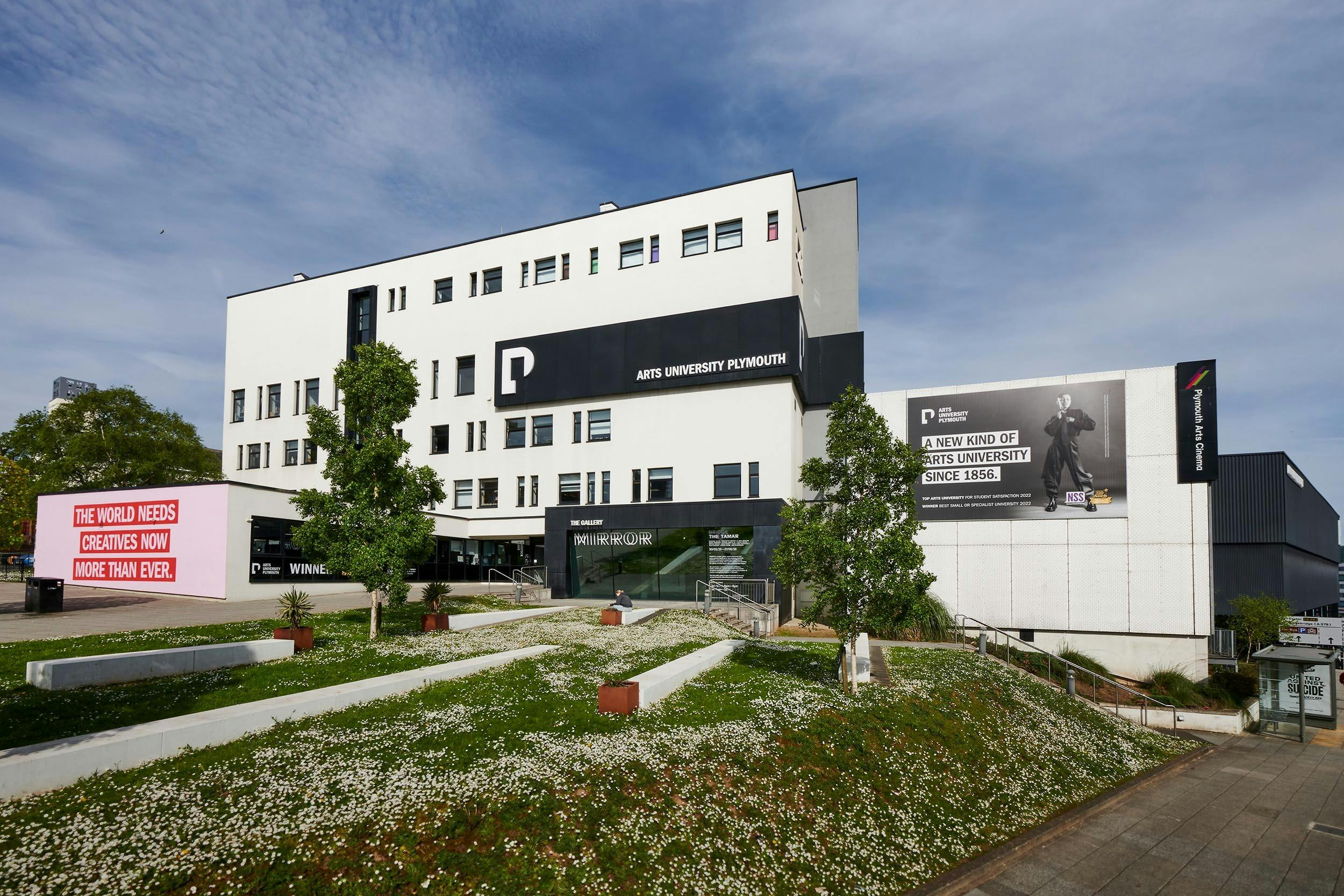About Us
Teaching For Our Time
Our pedagogic approach
'Teaching for our Time’, an essential strand of Arts University Plymouth’s strategic plan ‘Creative Education for a Changing World’, ‘captures the principles that define our university’s approach and method of teaching.
<p dir="ltr">The arts teach us in a direct and unmediated manner what it means to come into dialogue, be in dialogue and remain in dialogue through the relationship of <strong>head, hands and heart</strong>. They deepen and broaden the ways we are in touch with the world through our thinking.<br /></p>
Creative Education for a Changing World – our holistic and embedded pedagogical approach
<p>The arts are intrinsic to the work of the hands and the materials they form, but also to the domain of the heart, where the encounter with art touches us, moves us and inspires the feelings in us to nurture and care for the world we live in (Biesta 2017). <strong>Authenticity, fulfilment and kindness</strong> are indexical qualities in the process of thinking, making and living.</p>
Teaching for our Time – our pedagogical principles
<p dir="ltr">We have set out our pedagogical principles under the title Teaching for our Time, that will guide all of our creative endeavour.<br /></p>
<p dir="ltr"><strong>We consider</strong> practice-based research and enquiry in the arts as an authentic dialogue and encounter with the world and its materials through an exploration of their creative possibilities and tacit knowledge.</p>
<p dir="ltr"><strong>We design</strong> teaching that recognises that life is a dialogue between creative aspirations, an encounter with ideas and materials, and the societal resistance that is met along the way. We understand the agency of the arts in providing meaningful life-long learning and the personal fulfilment that brings.</p>
<p dir="ltr"><strong>We understand</strong> that education is the act of turning the student towards the world, to inspire students to want to exist in and care for the world, and to act with kindness as both a method and a means to enact change and deliver positive outcomes.</p>
<p dir="ltr"><strong>We recognise</strong> the need to provide the space, time and resources to figure out what creativity might mean; and to nourish and sustain the student in this challenging space.</p>
<p dir="ltr"><strong>We believe</strong> that the arts provide unique possibilities for encountering and learning through resistance and experimentation, for students with a diversity of interests from the sciences, humanities or the arts, while negotiating the hopes and wishes we hold for the world, the environment and our place within it.<br /></p>
<p dir="ltr">As a small specialist Arts university, we have created a natural home for this dialogue which has generosity, belonging and co-creation as its central ethos: through the <strong>student-centred approach</strong> from our dedicated staff, the provision of rich resources for making and speculating, the inclusive, caring and ethical environment of our University; and the partnership with our students at every level of the organisation from Boardroom to Student Union.</p>
<p dir="ltr"><strong>We have established</strong> this ethos throughout our further and higher education work, introducing an integrated and transdisciplinary common curriculum model in our Higher Education provision. We provide opportunities for both individual and shared interests to be explored as mutually interdependent aspects of creative practice, taught by our specialist staff in <strong>open spaces of teaching</strong> within the unitary structure of the curriculum.</p>
<p dir="ltr">This common curriculum is a distinctive proposal for arts education, offering a commonality of theme and activity across courses in order to build community and through its implicit transdisciplinary focus, attend to student perceptions of difference. Rather than a limiting factor, the examination of shared agendas through multiple creative lenses gives colour, richness and diversity to the learning experience. <br /></p>
